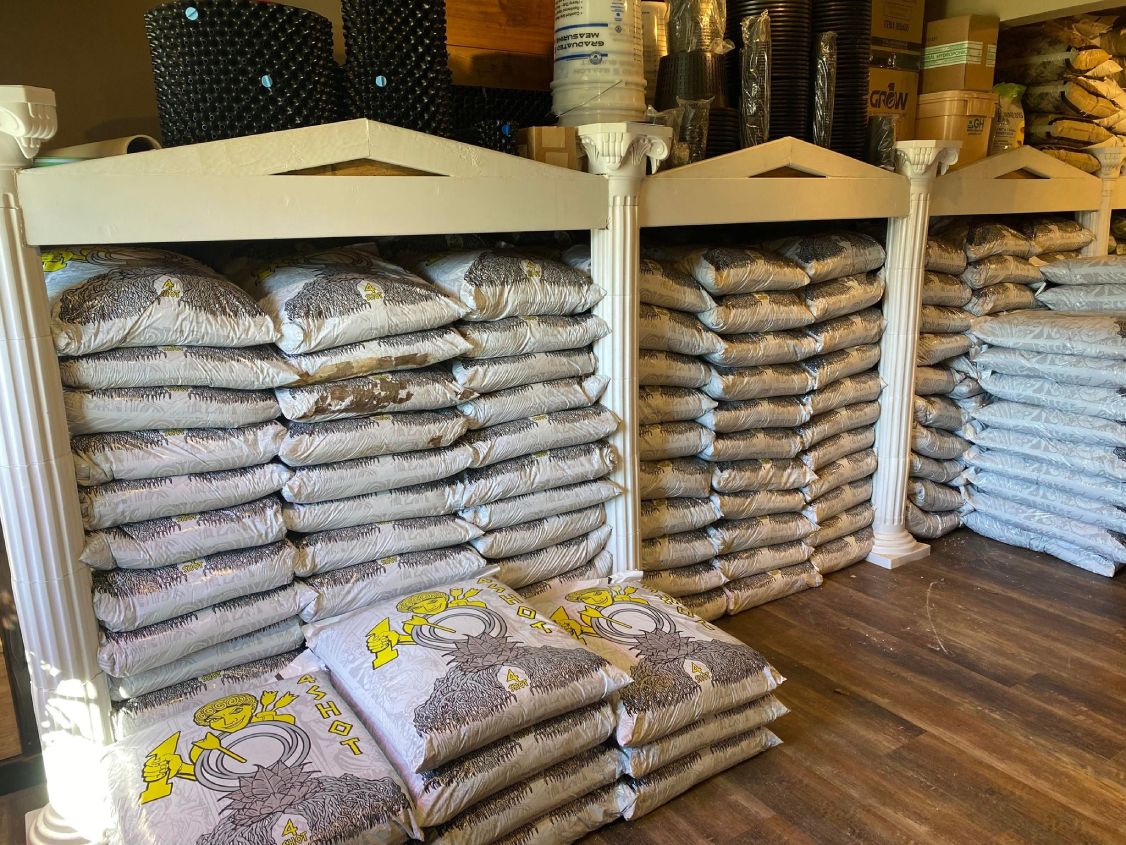The Indoor Earthworm Method: A Game-Changer in Planting Techniques
The Indoor Earthworm Method: A Game-Changer in Planting Techniques
Blog Article
Opening the Possible of Hydroponics: Understanding Its Uses and Various Types
Hydroponics, a technique of cultivating plants without soil, has gathered boosting focus for its potential to revolutionize agriculture and horticulture methods. As we navigate through the complex landscape of hydroponic systems and strategies, it becomes apparent that each approach holds distinct benefits and restrictions.
Advantages of Hydroponic Equipments

One more advantage of hydroponic systems is the ability to grow plants in a smaller area. Hydroponic systems reduce the danger of soil-borne diseases and parasites, as there is no dirt to nurture these risks.
Typical Makes Use Of in Agriculture

Given the efficient water preservation and space-saving benefits of hydroponic systems, it is apparent that these cutting-edge agricultural methods have actually located common usages in numerous fields of farming. The controlled setting of hydroponic systems enables year-round growing, supplying a constant supply of fresh produce regardless of exterior weather conditions.
Hydroponics is frequently made use of for expanding a range of plants, including leafed eco-friendlies, tomatoes, cucumbers, strawberries, peppers, and herbs. Its flexibility includes upright farming, city farming, and greenhouse production. In addition, hydroponic systems are made use of in research study and academic settings to examine plant cultivation, development, and nourishment techniques. The flexibility and performance of hydroponics make it a beneficial tool in contemporary agriculture, attending to the difficulties of sustainability, food safety, and resource optimization.
Discovering Various Hydroponic Strategies
Hydroponic systems provide a variety of approaches that cater to various plant types and cultivation goals. In addition, the Ebb and Flow system, also recognized as the Flood and Drain system, intermittently floods the plant origins with nutrient service, permitting for oxygenation throughout draining periods. Each of these strategies showcases the convenience and performance of hydroponic systems in boosting plant growth and yield.
Comparing Numerous Hydroponic Equipments
Checking out the effectiveness and yield improvement methods in hydroponics leads us to compare different hydroponic systems offered for crop farming. Each hydroponic system has its distinct features, advantages, and constraints, making it important for farmers to select one of the most appropriate system based upon their particular requirements and restraints.
One of the most typical hydroponic systems is the nutrient film technique (NFT), where a slim film of nutrient solution continuously moves over the plant origins. In comparison, the deep water culture (DWC) system immerses plant roots straight right into the nutrient solution, supplying enough oxygen try here and nutrients.
An additional popular hydroponic system is the ebb and circulation (or flood and drain) system, which periodically floodings the plant origins with nutrient service before draining it. By recognizing the differences in between these hydroponic systems, growers can make educated decisions to make the most of plant return and high quality.
Developments in Hydroponic Modern Technology
With innovations in hydroponic modern technology, the agricultural sector is observing a change towards a lot more lasting and effective farming methods. Technologies in hydroponic technology are transforming the method plants are expanded by optimizing yields, conserving resources, and decreasing ecological effect. One vital advancement is the development of wise hydroponic systems that use sensing units and automation to monitor and change ecological problems such as pH levels, nutrient concentrations, and light exposure in real-time. These systems make it possible for precise control over growing problems, bring about optimum plant development and greater crop yields.
An additional significant advancement is the integration of upright farming strategies with hydroponic systems, enabling for the cultivation of crops in piled layers. This vertical technique maximizes space use, making it optimal for metropolitan environments where land schedule is limited - The Indoor Earthworm. Additionally, using advanced LED lighting systems tailored to details plant requirements has actually boosted power efficiency and enhanced development rates in hydroponic arrangements
Developments like these are driving the development of hydroponics, making it a sustainable and More Help very appealing option for contemporary agriculture.
Verdict
Finally, hydroponics offers countless advantages in agriculture and has different strategies and systems that can be made use of to maximize its potential. Advancements in hydroponic modern technology remain to boost efficiency and sustainability in food production. By understanding the uses and different sorts of hydroponic systems, farmers and farmers can unlock the complete possibility of this cutting-edge method of expanding plants without soil.
Additionally, hydroponic systems allow for far better control over nutrient degrees, pH balance, and environmental conditions, leading to much healthier plants and greater returns.

Report this page